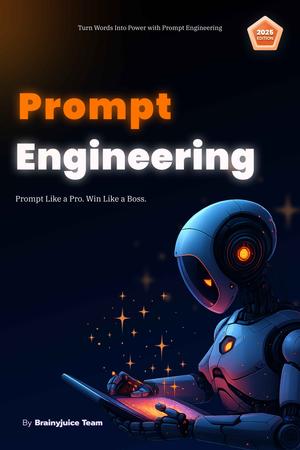

Journey to a trillion miles starts from here!

Get FREE Subscription by referring friends & family
Ask your friend to use your referral code to get the reward!
Refer a friend
AI Engineering
Master the Mind of Machines.Courses

Programming with Python
This course provides the critical skills required to execute real-world Python projects and sets a solid foundation for advanced programming challenges.

Machine Learning 101
This course takes you from the fundamentals of Machine Learning to advanced, real-world applications. You’ll learn what Machine Learning really is, the math and logic behind it, and how to build models that can learn, adapt, and make intelligent decisions. We’ll cover the core pillars like supervised, unsupervised, and reinforcement learning along with the complete ML workflow: from collecting and cleaning data, to training and evaluating models, to deploying them in real-world systems. You’ll explore real use cases like recommendation engines, fraud detection, predictive analytics, and self-driving technology. By the end of this course, you won’t just “know about” Machine Learning, you’ll be able to think like a machine learning engineer, understand the trade-offs behind different approaches, and apply ML techniques to real projects. This course is built for curious beginners, ambitious developers, and anyone who wants to future-proof their skills in the age of AI.

Large Language Models (LLMs)
How do LLMs think? Know about the magic behind large language models - tokens, transformers, and the data that makes AI talk!

Prompt Engineering Mastery
Stay ahead of the curve at anything you do! Learn how to craft precise prompts that make AI work for you. Whether you're building tools, generating content, automating workflows, or just getting ahead in the AI-powered world.
Practice
Articles

Learning Machine Learning: A Practical Roadmap for Beginners to Advanced
Follow this practical roadmap to learn machine learning step by step — from math and Python basics to deep learning, specialization, and MLOps.

Why Linear Algebra, Probability, and Calculus Matter
Discover why linear algebra, probability, and calculus form the core math foundations of AI and machine learning, explained with real-world examples.

The AI Stack: Tools Every ML Engineer Should Know
Master the AI stack in 2025: frameworks, data tools, vector databases, and MLOps platforms every machine learning engineer must know.

The Evolution of Neural Networks: From Perceptrons to Transformers
Explore the evolution of neural networks from perceptrons to transformers, tracing key breakthroughs in AI from the 1950s to today’s deep learning.

AI vs. Human Creativity: Can Machines Truly Innovate?
Can AI truly be creative, or is it just remixing data? Explore how machine creativity compares to human imagination in art, music, and innovation.
